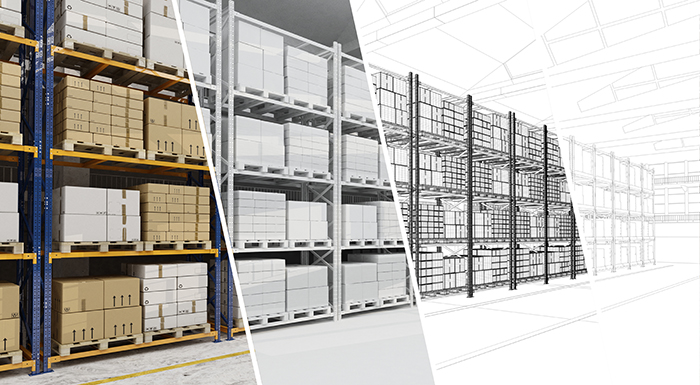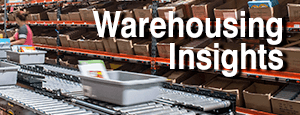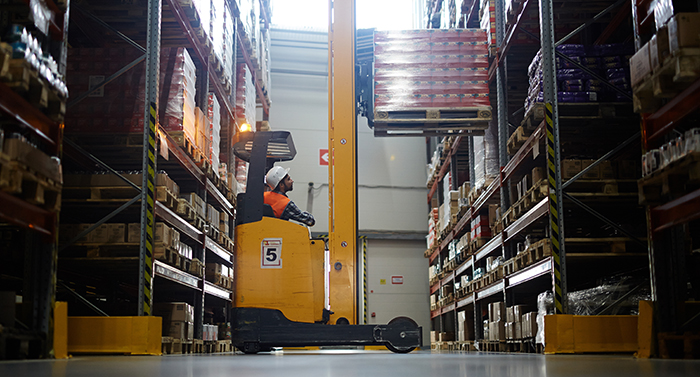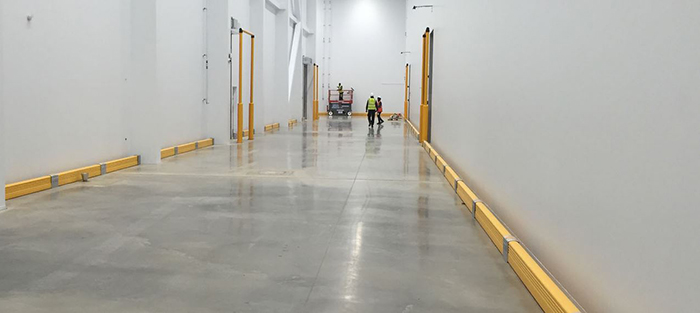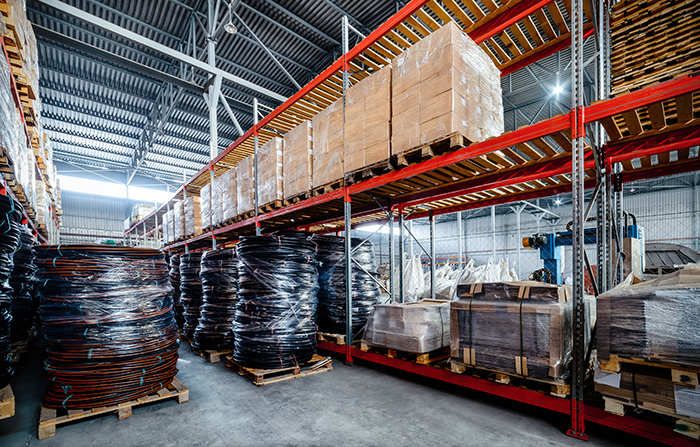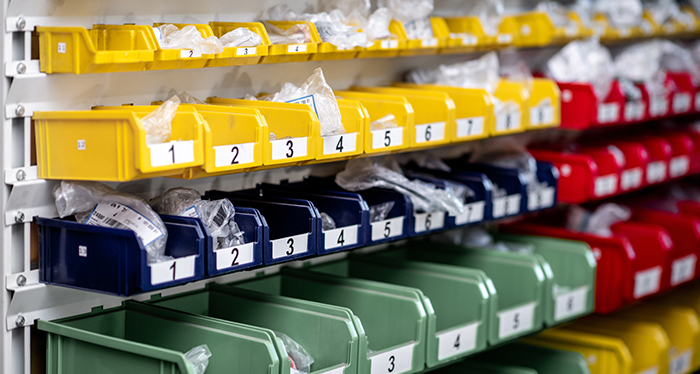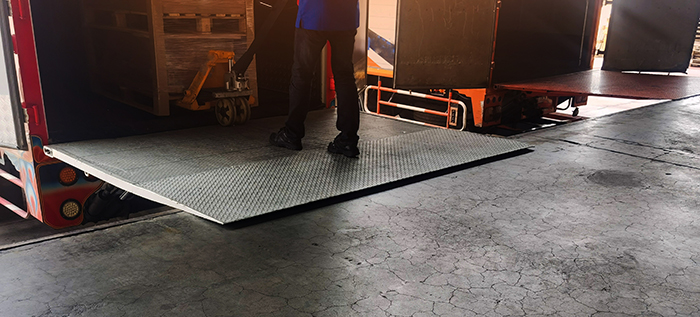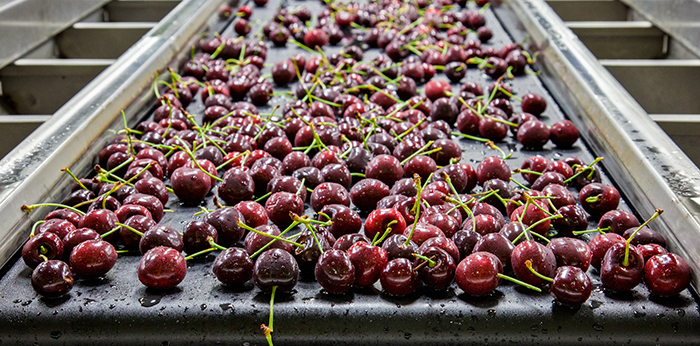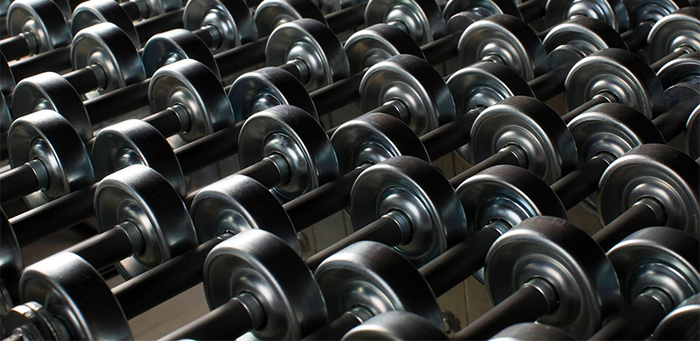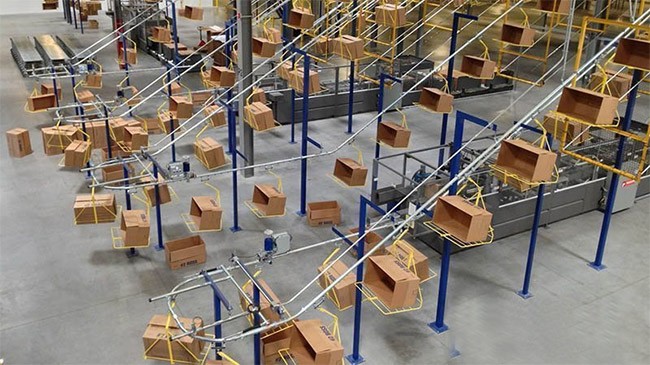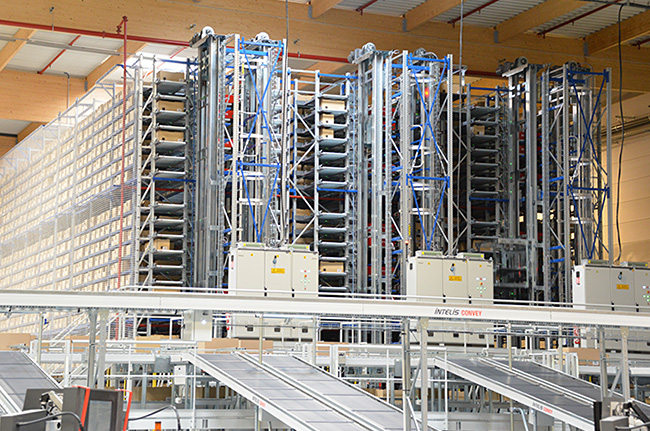
In this new age of Covid-19, facilities all across the globe are working within ever-changing restrictions and prioritizing employee protection while keeping operations moving forward. Social distancing is a key component of this within any building, and those tasked with monitoring and implementing distancing within a workforce must create new ways to combat the spread. This challenge is tough to work within even the smallest of offices, let alone a large warehouse or distribution center. Reducing employee contact while maintaining thriving production is not easy, and requires continued vigilance and creativity.
When considering options for increased or maintained social distancing, utilizing an automated storage and retrieval system (ASRS) is a great option to help prepare your facility for the coming waves and for the automated future that lies on the horizon.
Read the rest of this entry »
